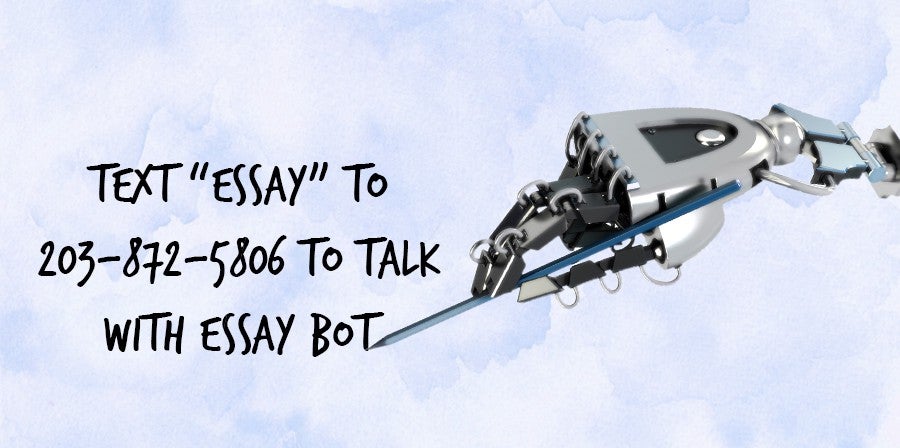The phrase “bot hysteria” probably brings to mind a robo-apocalypse. But bots are being touted as the latest cure-all for consumer apathy and the ailing media industry alike. Amazon is selling millions of Alexa devices, a kind of audio bot that can answer simple questions or take song requests; Facebook’s weather bot is holding users’ attention for a reported 3–5 minutes at a time by talking back over Messenger; and Siri has already taken up residence in our phones, directing us to glorified Google searches.
But bots are just a novel delivery system for the same old content, and text bots in particular aren’t even new. They’ve existed since 1966 with ELIZA, which eventually made it onto Windows as the chatbot therapist application we trolled as children. Some, like Alexa, now speak out loud. Others still work in words, like so many updates to AIM’s SmarterChild (born in 2000). Bots might be getting, but they still have varying degrees of sophistication. Most of them are oriented toward service, not dialogue, though WeChat’s fully robotic Xiaoice is making friends in China by closely simulating human conversation.
Many of the systems being touted as “bots” also aren’t bots at all, but Mechanical Turks (at least with the Amazon service of that name you know it’s made of people). When you ask one of the new bots to do something for you, it is not unlikely that you’re ultimately just texting with a human being who is (for now) contractually obligated to do your bidding, as in the case of Facebook’s M.
Instead of bots, then, we might call them “digital servants.” Perhaps too unsavory, too honest? Another option: “Daemon” means both “a computer program that runs as a background process,” according to Wikipedia, and “spiritual beings at enmity with God… having a certain power over man,” according to Easton’s Bible Dictionary. Perfect.
But with enough innovation over time, the element of human participation in bots will likely disappear — the same way Uber drivers will be automated away by self-driving cars. Fully algorithmic bots will soon do everything for you, from ordering food to directing your digital relationships. But for now, we’re stuck in the uncanny valley, gradually deciding how we want to interact with our bots, as well as how, or if, we want our digital servants to talk back.
As a journalist who will certainly soon be obviated by interactive AI, I decided to make bots that highlight their own redundancy. First, using a combination of Textit and Twilio, I wrote a bot that told users about how I spent my weekend. It was as useless a topic as I could think of, but one you can now learn about on-demand. The experiment made me consider how my own voice could be ported into a bot as a kind of outsourced writerly narcissism.
But the Weekend Bot still felt uncritical, not rebellious enough. Here, for MEL, I wrote a bot that actively questions its own utility and your relationship to it — a kind of real-time Socratic questioning in bot form.
The bot, no matter how robotic it actually is, is a compelling format for writing because it disguises itself in the familiar. We’re not yet used to getting anything but actual human communication in our chat apps, so bots feel intimate and personal, unmediated in a way that most digital interfaces still completely fail at. Perhaps that’s why we find them so refreshing.
On that note, I’ll hand you off to my Essay Bot. Remember, your responses to the bot are as important as the bot’s own statements — we can see them all, and I’ll aggregate and respond to them in a few days.

Kyle Chayka is a journalist in New York whose writing has appeared in The Verge, Racked, Curbed, Bloomberg and more.
